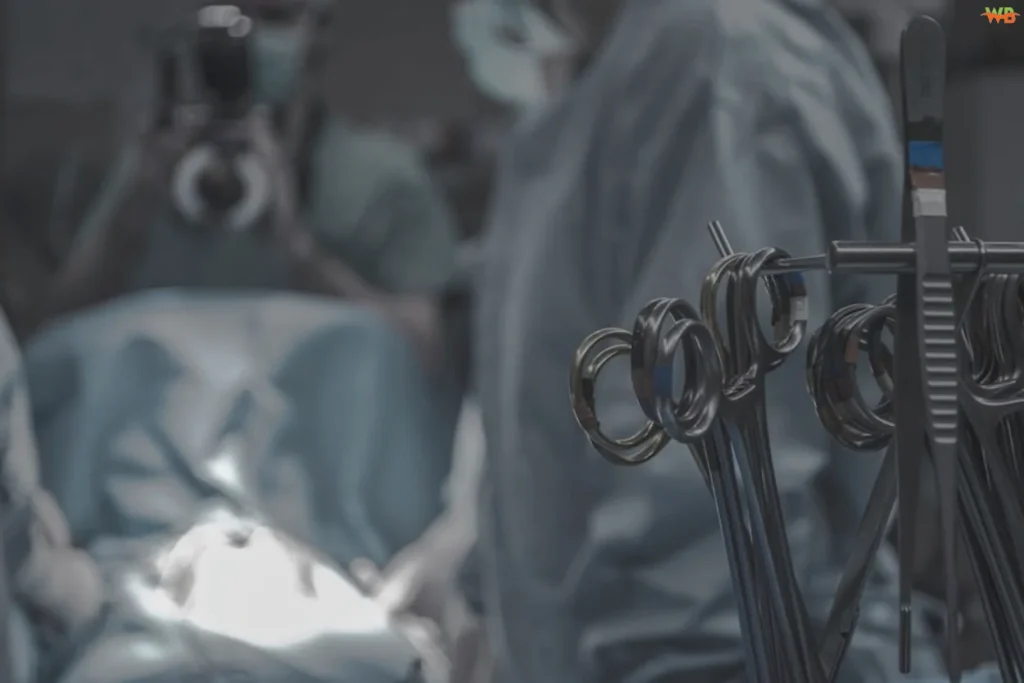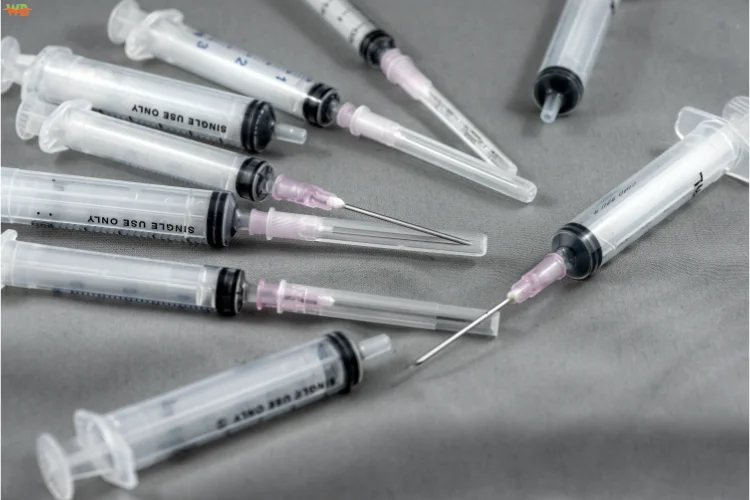In the operating room, surgical tools are indispensable for successful procedures. Some are usually made of stainless steel like the low profile surgical retractor. This means they can be cleaned and reused for each patient after proper disinfection. However, some instruments are disposable. These are often made from materials such as acrylic, titanium, and bakelite.
No matter what happens, it is important to keep surgical instruments extremely clean. They must be strong and, if they can be reused, they must be resistant to abrasion and contamination.
The Scalpel
Introducing the scalpel, a key tool in the heart of the operating theatre. It is a small tool that emphasizes precision and is used for cleanly cutting through tissue.
What makes a scalpel special? For starters, it has super sharp edges which can easily slice and cut tissue. But it doesn’t stop there. The handle’s design prioritizes comfort, enabling surgeons to work with ease and precision. This makes their job much easier while they work their magic. With a scalpel in hand, they can focus on what really matters—helping patients get better.
Surgical Scissors
Scissors are reliable assistants in the world of surgery. They are necessary for tissue cutting during surgery. Designed for precision, surgical scissors come in multiple forms to address various functions during surgery.
The great thing about surgical scissors is that they are made with different angles, tip shapes, and curvatures. This means they can tackle various tasks with ease. Plus, even the length of the handles can change depending on what the scissors are made for—some need a longer handle for better grip, while others are shorter for precision.
Surgical Clamps
Imagine surgical clamps as the handy helpers of the operating room. Their job is to grab hold of tissues and other surgical tools, keeping everything organized and in place during surgery. Surgical clamps play a vital role in making surgeries safe and efficient and can help manage the process more effectively.
Surgical Needles
Surgical needles are like the secret agents of the operating room. These little instruments come with a super sharp point and are specifically designed to pierce through tissues with ease. Their mission? To help surgeons stitch up wounds and repair tissues.
Just like superheroes come in different shapes and sizes, surgical needles do too. The type of needle chosen depends on what tissues need to be pierced and the job at hand. Some needles have different tip shapes and curves to make sure they fit perfectly for specific tasks—whether it’s a smooth curve for delicate areas or a straight tip for tougher tissue.
Closing Thoughts
When setting up an operating room (OR), proper preparation is vital. Everything must be correct. Whether in a busy hospital or a comfortable surgery centre, careful planning is important. You want to make sure you have all the important tools in place for a successful operation.
Knowing what surgical equipment is needed in the operating room is not only important for doctors and nurses, but it’s also essential for people who help run the healthcare system and purchase supplies.
FAQs
1- What materials are commonly used to make surgical tools?
- Surgical tools can be made from a variety of materials, including stainless steel for reusable instruments and acrylic, titanium, or bakelite for disposable ones. These materials are preferred for their robustness, longevity, and resistance to environmental factors like rust and corrosion.
2- How are surgical tools sterilized between uses?
- Surgical tools are sterilized using various methods such as autoclaving, which involves high-pressure steam, or chemical disinfection. This ensures that all bacteria and pathogens are eliminated before the instruments are used in another procedure.
3- Why are surgical tools designed in specific shapes and sizes?
- Each tool is designed for a specific purpose, with shapes, sizes, and angles optimized for different tasks. This ensures precision, comfort for the surgeon, and the effectiveness of the procedure.
4- Can surgical tools be reused for multiple surgeries?
- Many tools are designed for reuse, particularly those made from stainless steel, which can withstand sterilization processes. However, disposable tools are used for one surgery to maintain patient safety.
5- How do surgeons choose the right surgical tool for a procedure?
- Surgeons select tools based on the nature of the surgery, the tissue type, and the specific task required. They consider the size, shape, and sharpness of the tool to ensure maximum efficiency and safety during the procedure.

I’m Salman Khayam, founder of Wellbeing Junction. I synthesize trusted information from research and expert guidance to create clear articles across health, wellness, and lifestyle topics.
Disclaimer: Content is for informational purposes only and is not medical advice. Consult a qualified expert regarding personal health or specialized questions.



